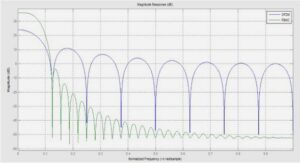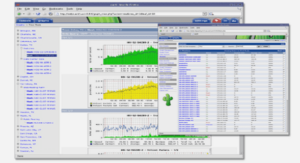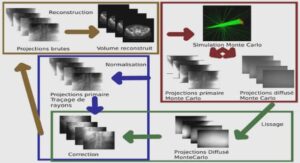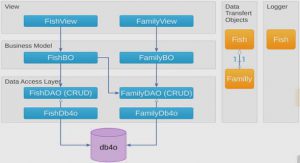Power amplifiers (PAs) are critical parts of wireless communication systems such as satellite communications, radar, and mobile communications. However, because the power requirements of applications can be very different, the performance parameters must be made suitable for each type of usage.
A power amplifier (PA) can be defined as equipment utilizing DC power in order to boost the power from incoming signals. So, for instance, microwave power amplifiers function in the so-called microwave frequency portion of the radio frequency spectrum, meaning that they are meant to be used in high frequency situations.
In general, because the main purpose of PAs is to boost power to the level specified by the application, they are mostly employed under large-signal usage. However, large-signal usage tends to distort the signal as well as cause instability and biasing, all of which much be taken into consideration in the development of PAs for specified applications. Therefore, in this chapter, we present definitions for the various types of operating parameters and also introduce and discuss amplifier classes, operational modes, and problems around stability .
Power Amplifier Classes
Power amplifiers (PAs) are classified as either linear or non-linear. In general, linear PAs can create output power that is directly proportional power being input without creating excessive harmonic power, whereas in non-linear PAs, input and output are not proportional, as the PAs function close to cut-off regions and create sizeable harmonics along with the main signal. Similarly, amplifiers can also fall into one of two classifications (classes), namely biasing or switching classes, (Colantonio et al, 2009). Biasing amplifiers (e.g., class A,B, AB and C amplifiers) are categorized as such due to their inherent quiescent point (bias point) and/or output Current Conduction Angle (CCA) θ. In this case, θ can be defined as: “the fraction of RF input drive signal where non-zero current is flowing through the device”, (Colantonio et al, 2009). In contrast, switching class amplifiers (e.g., Class E and Class F amplifiers) have a network configuration attached to an active element, though not at the bias level. Hence, switching transistors are switches that turn off and on in accordance with input drive signal , (Colantonio et al, 2009). It is worth noting that because Class E / F amplifiers can offer high power-added efficiency, they are attracting increasing interest from researchers and engineers alike. However, in our current study, we will deal almost exclusively with classes A, B, AB, E, inverse F (F-1) and F (the latter in greater detail).
Class A Power Amplifier
Class A amplifiers are linear and have a conduction angle of 360°, which indicates the transistor is turned on and able to conduct across a whole sinusoidal cycle. The majority of small-signal amplifiers fall into this designation due to their relative simplicity of design and optimal linearity. However, the 360° conduction angle of Class A amplifiers gives them ultra-low efficiency, thus rendering them applicable mainly to low-power applications.
Class B Power Amplifier
Class B amplifiers’ bias level is lower than Class A’s and near the cut-off region. Unlike Class A, the transistor in Class B completes only half an input drive signal cycle, giving these amplifiers a CCA measuring approximately 180° and improved efficiency over Class A , (Colantonio et al, 2009). Class B amps typically show low grade performance for linearity (due to excessive higher order harmonics), but this can be mitigated by employing dual transistors in a so-called push-pull setup. However, in this 2-transistor setup, both transistors can be OFF simultaneously, resulting in crossover distortion.
INTRODUCTION |




